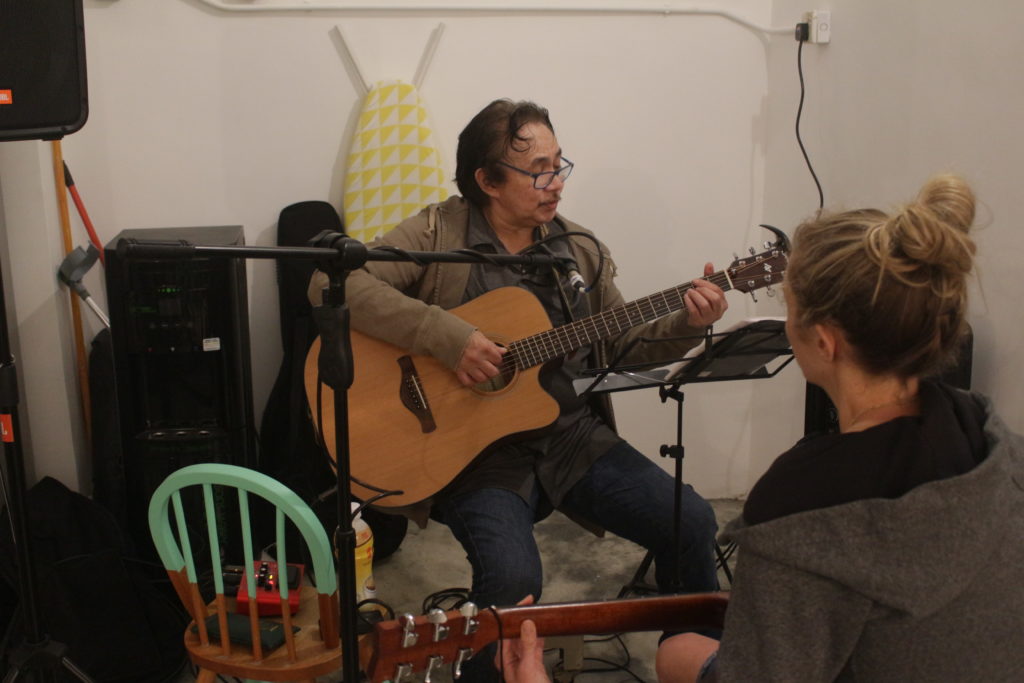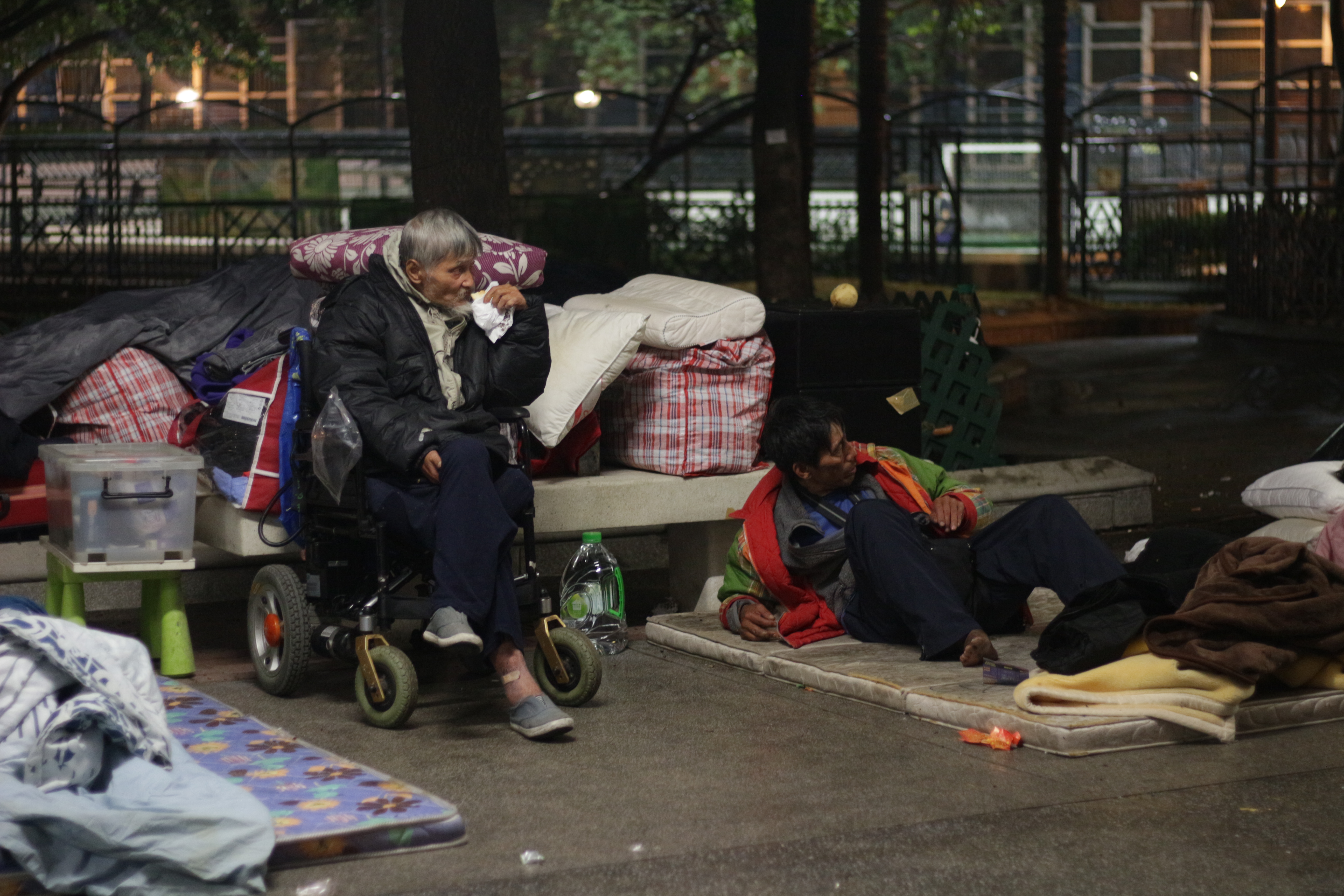Last August, as Hong Kong braced for one of the strongest typhoons in its history, Jose Ramundo M. Gabriel was on a footbridge in North Point, searching for something, anything, that could serve as a roof over his fold-up bed.
Gusts of wind shook the makeshift shacks where, nearby, seven or so men hunkered down, hoping their walls would hold up against the rain.
Except Gabriel, all were native Hongkongers and communicating was tough — the group knew as little English as Gabriel knew Cantonese.
But his plight was like their own. So when he showed up that day — after being found by a friend wandering the streets with nowhere to stay — he was treated with kindness, and given a place to sleep.
As the rain soaked Gabriel’s clothes, one of the group stepped in with the remains of a discarded tent. Together they jerry-rigged a shelter.
“Everything was like really flying around, plywood, all kinds of stuff,” he recalled of the storm.
“The streets were empty, there was nobody, hardly anybody on the streets, hardly any vehicles moving. It was a really scary scene.”
Typhoon Hato was the fourth hurricane assigned the “t10” warning — the highest possible — to hit Hong Kong since Gabriel arrived in the city from the Philippines 38 years ago. It was the first he’d faced without a home.
Until recently, the 61-year-old was one of the city’s “registered street sleepers,” a category of people that’s grown 51 percent in five years, according to official figures released this month.
And he’s one of the lucky ones.
After 11 months of sleeping rough, he was found by ImpactHK, an NGO that has recently opened a homeless center called the Guestroom, which in November helped him off the streets and into a small apartment.
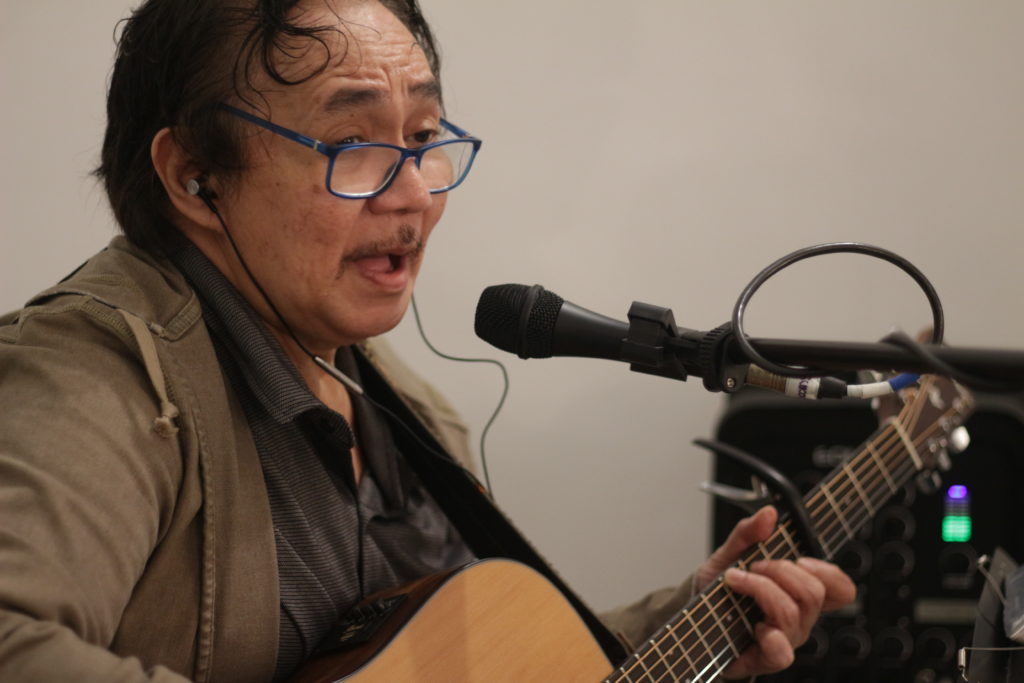
Such groups say they find themselves on the front line of a worsening problem. According to official numbers, there are 1,127 people living on the streets. Charities, however, argue the number is closer to 2,000, and fear it could grow.
Driving the trend up, they say, is a combination of skyrocketing rents, poor housing conditions, long queues for public housing, and time limits on residence at homeless shelters.
Against this backdrop are the stories of Hong Kong’s homeless, each case a mix of conscious choices and unforeseen circumstances.
For, Gabriel, a musician by trade, it started with the onset of diabetes seven years ago. Slow to seek treatment, his deteriorating health made getting to performances difficult. His money short, he could no longer care for his son, now 6 years old, who was sent to live with a charity.
Finally, he found himself on the Tong Shui Road footbridge, as Hato ripped through Hong Kong.
Though exposed to the elements, he says the bridge was a shelter of sorts, a place away from judgement and juggling bills to “reset and regroup” while he waited for social welfare support.
But the toll of being homeless, he says, is not about just physical security, but weathering the psychological storm of destitution.
“I would get so angry, I would be really clawing the wall,” he recalled. “I was poor as a rat; I had no money, all I had were my documents in my backpack, that was it. I had no clothes, nothing, and I lost everything.”
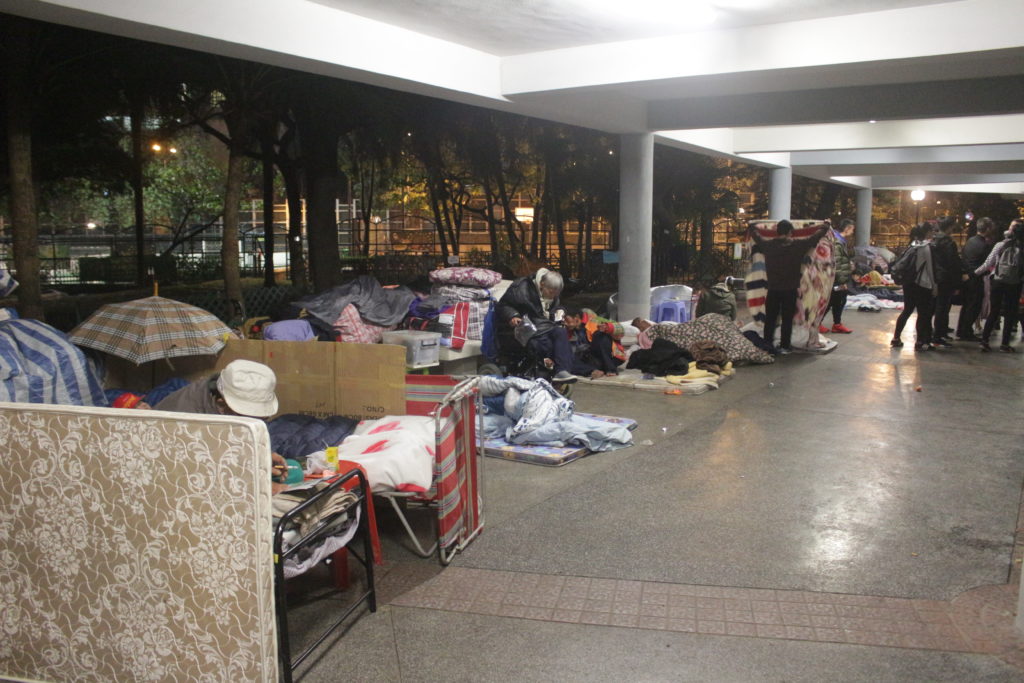
‘Services, but no policy’
In almost 30 years of working with Hong Kong’s homeless, Ng Wai-tung has witnessed many fall between the cracks.
What he hasn’t seen, he says, is any change in attitude by authorities as the gaps get wider.
“It’s a big problem,” says Ng, a social worker for the Society for Community Organization (SoCO), who adds the government has “services but no policy.”
“The homelessness situation is where it is now because the government doesn’t want to deal with it.”
As property prices and rental costs skyrocket in what has become the world’s most expensive real estate market, the government has pledged to build more public housing to meet the growing demand as more residents slip below the poverty line.
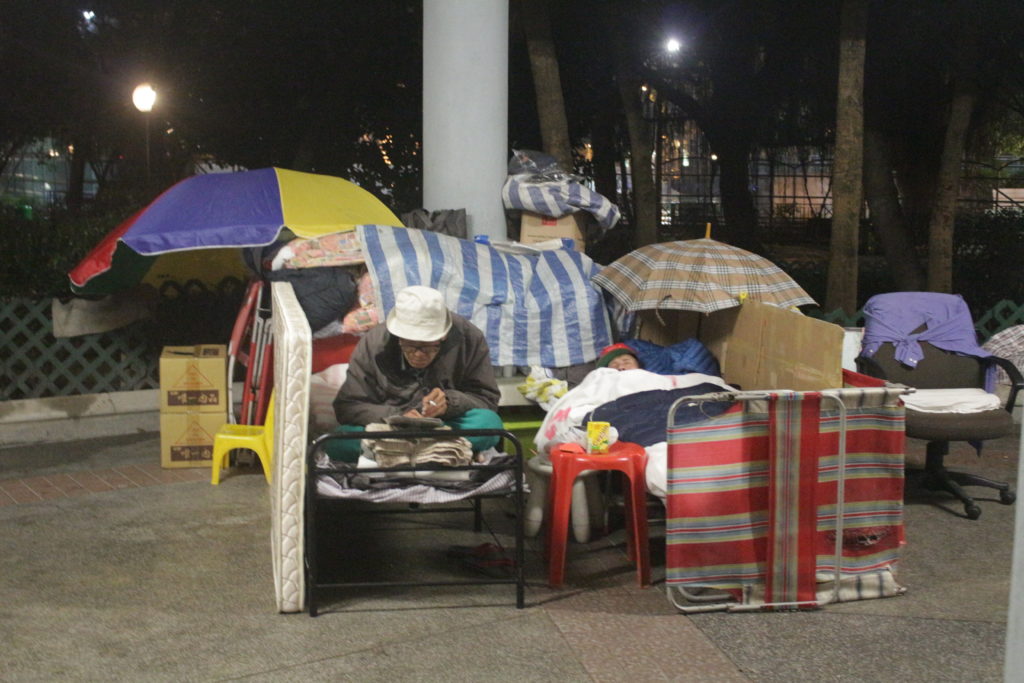
But hamstrung by the city’s perennial land shortage, officials have conceded they’re unlikely to meet their target.
As the shortage worsens, waiting times for state subsidized housing have ballooned to their longest in almost two decades, according to Housing Authorities figures released just last week.
Families face an average wait times of five years and one month for public housing. For elderly residents, meanwhile, the average wait is two years and nine months to get subsidized accommodation.
For people not in these two categories (families and elderly residents are prioritized under the Housing Authority’s Quota and Points system) the wait can be much longer.
According to the figures, of 272,300 current applicants, about half (56 percent) were families, and the rest were single, non-elderly applicants.
While SoCO has supported a legal challenge to the QPS by two public housing applicants who argue it’s discriminatory and violates their right to social welfare, Ng says many have little hope, with some people having spent upwards of 20 years on the list.
In the end, “Many don’t bother applying because the wait is so annoying” he said.
McRefugees
As the cost of living in Hong Kong continues to rise, more and more people are turning to McDonalds, not for cheap food, but for a place to sleep.
The term “McRefugee” has come to denote a growing group of people who seek shelter in the popular fast food outlets, where they sleep at night before being ejected prior to the morning breakfast rush.
According to SoCO, there are currently at least 384 people who spend their nights at McDonalds, up from 256 in 2015 and 57 in 2013.
Among these newly homeless, until recently, was So, who began sleeping in McDonald’s restaurants last year after losing his job as a fishmonger.
For months, he would wait outside as late-night diners finished their meals. On a good day, he recalled, staff would let the “McRefugees” enter about 11:30pm. Each would find a booth and try to sleep.
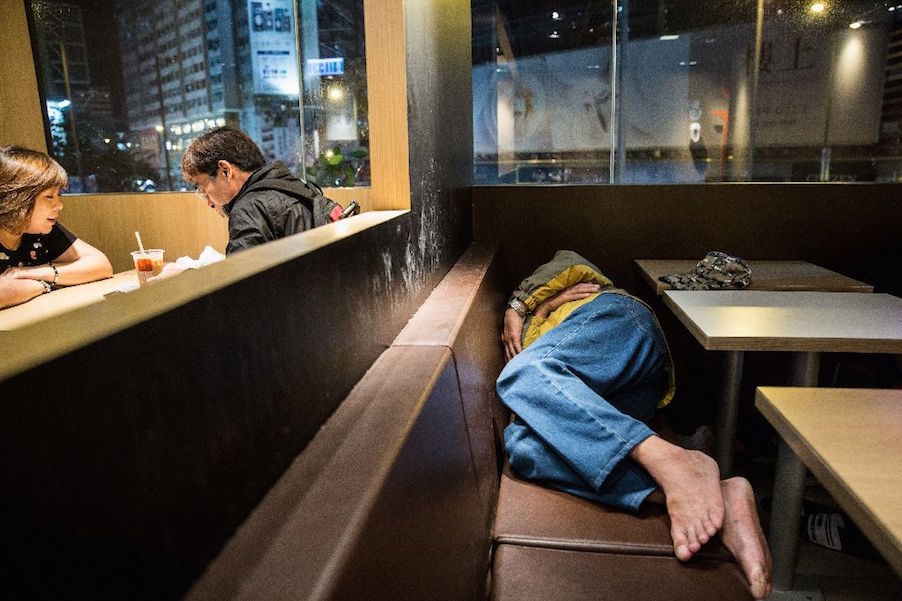
The wake up call came been 5am and 7am, as the smell of sausage egg McMuffins and hash browns wafted through the restaurant ahead of the morning breakfast rush.
“I wasn’t scared,” he said. “When you have no money on you, there’s nothing to be scared of.”
The 39-year-old, who asked to only be identified by his surname, said his downward slide was hastened by drug addiction. He fell into debt with his family, with whom he eventually no longer spoke.
In November, he was found by Ng, from SoCO, who helped him into a homeless shelter.
Unable to return to work as a fishmonger, thanks to an arm injury from years of wielding a cleaver, he says he’s now actively trying to find work and has applied for a job at the MTR.
“If I can find work, then I’ll see if I can find a place to stay. It doesn’t matter if it’s small like a cage home. I am just one person.
“Once I find a job, then I can face my family.”
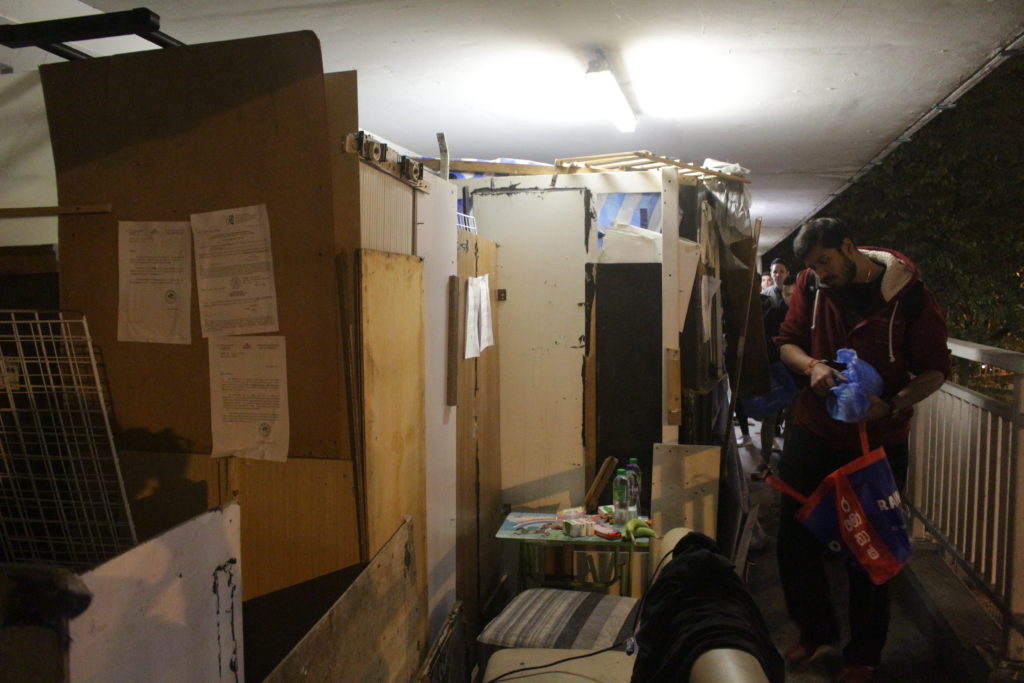
A life in a cage, or on the streets
Those with the money to enter the private market, often find themselves squeezed into one of the city’s infamous “coffin” or “cage” homes — subdivided apartments rented for between HK$1,000 to HK$4,000 (US$127 to US$510) per month.
The cramped quarters — often smaller than a parking space — are uncomfortable, crowded, poorly-ventilated, and stifling, not to mention a fire hazard.
Currently, 200,000 people are estimated to live in such homes.
Some, says Ng, prefer to take their chances on the streets, often in makeshift shanties around the city’s footbridges, underpasses and piers.
There, under the constant threat of eviction, they sleep rough, with months on the streets punctuated by brief stays in government-run temporary shelters, where residence is capped at six, sometimes three, months.
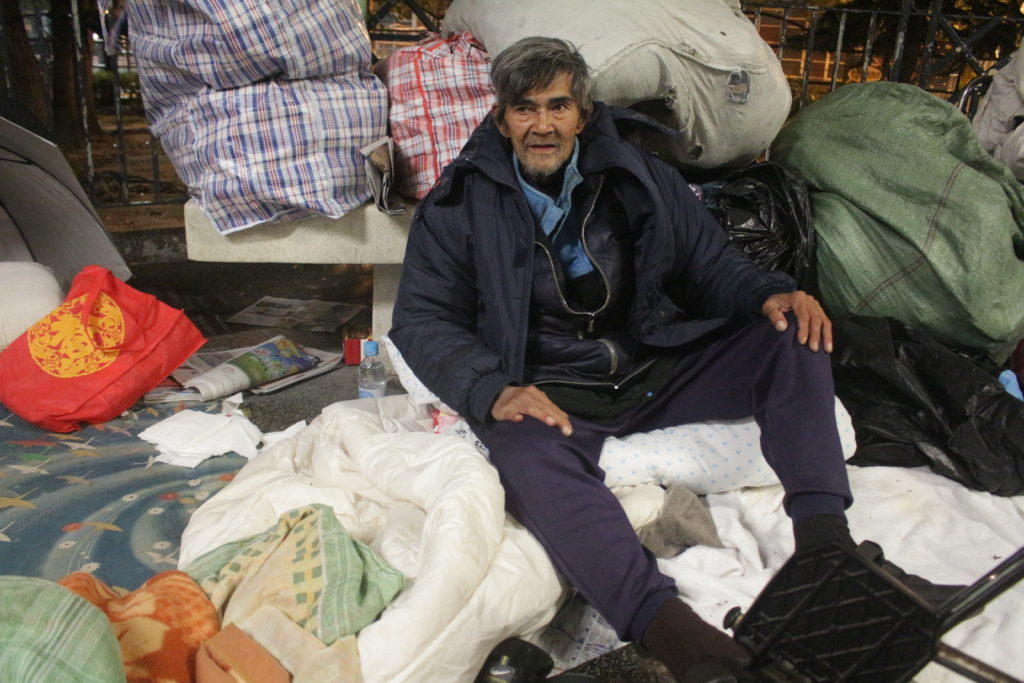
In Sham Shui Po, a sheltered walkway is home to about 15 men.
On a recent weeknight, the group prepared to bed down for another night under the concrete canopy, as a church group nearby prayed in the nearby park and rain began to fall.
The lucky ones readied fold-out beds. Others like, Lee Tim-choi, made do with makeshift mattresses of dirty blankets and towels.
Lee has spent much of the past three decades sleeping rough around Hong Kong.
A former laborer, who covered his rent with odd jobs, he found himself unable to work after being hit by a car in 1989.
Mostly wheelchair-bound, the 70-year-old has been in and out of shelters several times. Most recently he was in an elderly care home, which he left three months ago, saying he was upset with how the staff treated the residents.
Lee says he’s skeptical of government efforts to help, and fatalistic about his chances of getting off the streets.
“Put the thought of money in their heads and they will lie about anything,” he says.
“I’m going to die soon. [But] if your heart is good you have nothing to be scared of any more.”
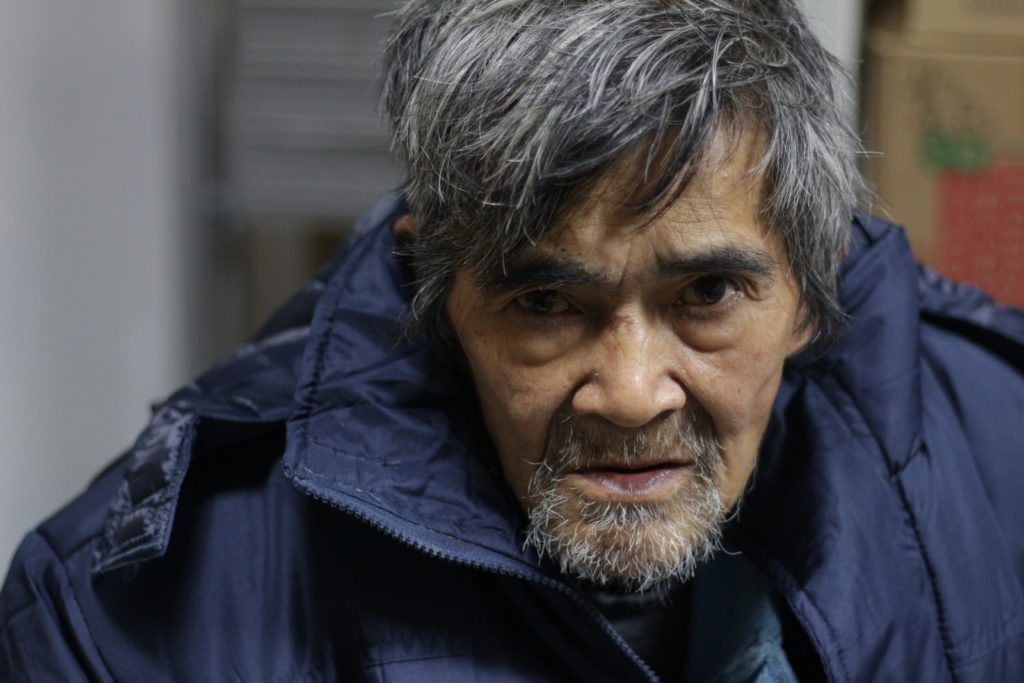
Temporary Shelters and the need for ‘transformation’
A major problem, says Ng, is the time limits on government-run shelters, which mean many of the city’s homeless find themselves rotating between the facilities and the streets.
He stressed the need to increase the limit from six months, three in some cases, to at least one year, explaining the current durations were adopted in the 1990s, a time when rent was relatively affordable and short-term employment easier to find.
Founder of ImpactHK Jeff Rotmeyer is also critical of the government-run facilities, which only allow people to stay at night.
“That’s just not a solution to anything,” he says, calling the shelters “immoral.”
Both Rotmeyer and Ng say government needs to adopt a more “holistic” approach to getting people off the streets, something, Ng said, like New York City’s Department of Homeless Services, an agency that provides services like outreach, medical help, and mental health services.
In particular, Ng cites NYC’s “Housing First Program” as an example of a good policy. The scheme guarantees individuals a place to stay, even if they’re sick or addicted to drugs.
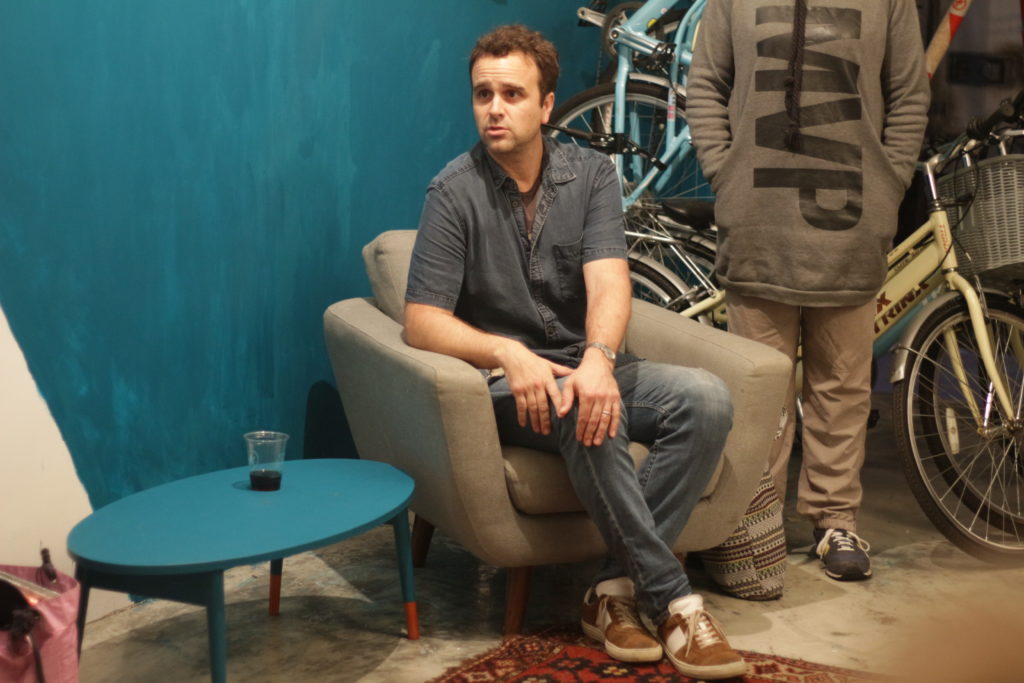
Rotmeyer, a Canadian-born full-time English teacher, aims to offer this type of “holistic” service through ImpactHK.
At first, the charity began with what it calls “kindness walks” in which volunteers distribute food and clothing to people sleeping rough.
However, thanks to donations from individuals and corporations, it has since opened the Guestroom.
Lifting people up, Rotmeyer says, was as much about improving their mental and physical health as it is about getting them a job and a home.
“We’re not just focused on keeping people alive on the streets by giving them food, laundry and clothing, toiletries etc, we’re focused on the transformation,” he said.
“They need a good amount of time to build up their strength, to get ready, to be empowered for a change, and there has to be a transition period. That transition period can’t happen while they’re sleeping on a bridge, so that transition period will happen in our center the Guestroom.”
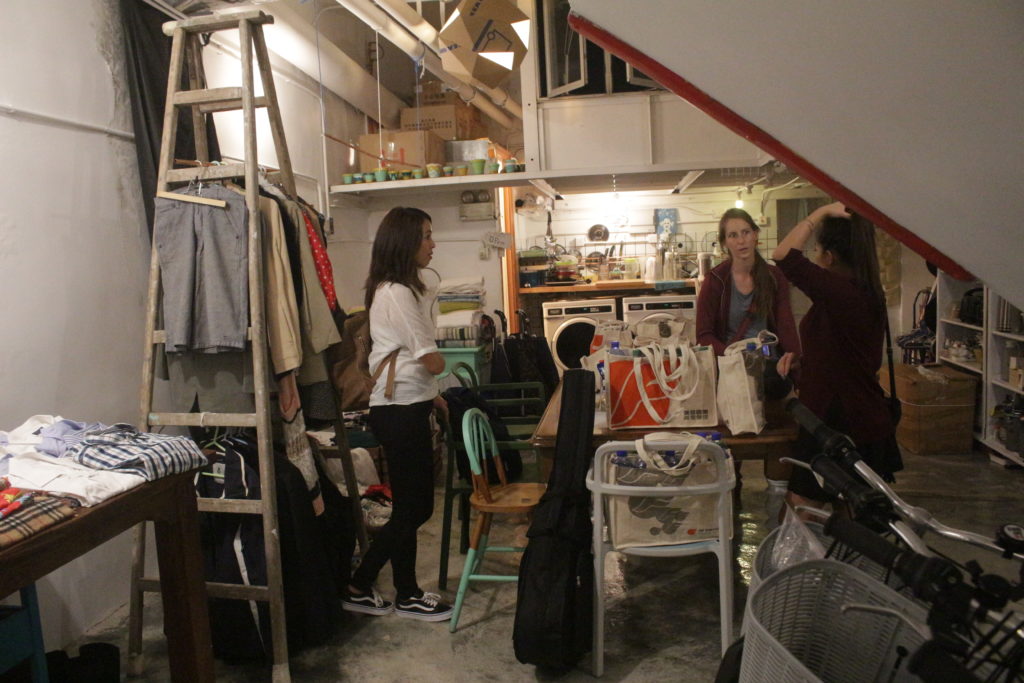
The Guestroom
Located in Tai Kok Tsui on a road full of car repair shops, the Guestroom looks at first blush less like a typical shelter and more like a hipster co-working space.
Within its walls — some recently painted neon pink — can be found an industrial-sized fridge for donated food, a clothing rack with clean clothes, a changing room, shower, kitchen and washing machine.
And, on certain nights, it provides a place for music lessons, led by Gabriel, who is among a handful of people, either homeless or living in cage homes, who have taken up part-time jobs with the center as they work to get their lives back on track.
Recently, Coconuts HK met with Gabriel for a guitar lesson. He sat on the couch, shoes off, belt unbuckled, and a ziplock bag of medicine next to him. A nurse had just finished bandaging his foot, ulcerated from diabetes.
With help from ImpactHK, Gabriel in November moved to a subdivided flat in North Point, around the corner from the footbridge he slept on.
The charity covered his first rent installment and helped him get a few gigs performing at parties but, most importantly, he said, it’s given him hope.
“After meeting Jeff with the ImpactHK people, then I was really more convinced that, OK I’m not going to give up, there’s a chance. Somehow, somewhere, there’s going to be a chance for me to get back, a chance for me to get up’.”
